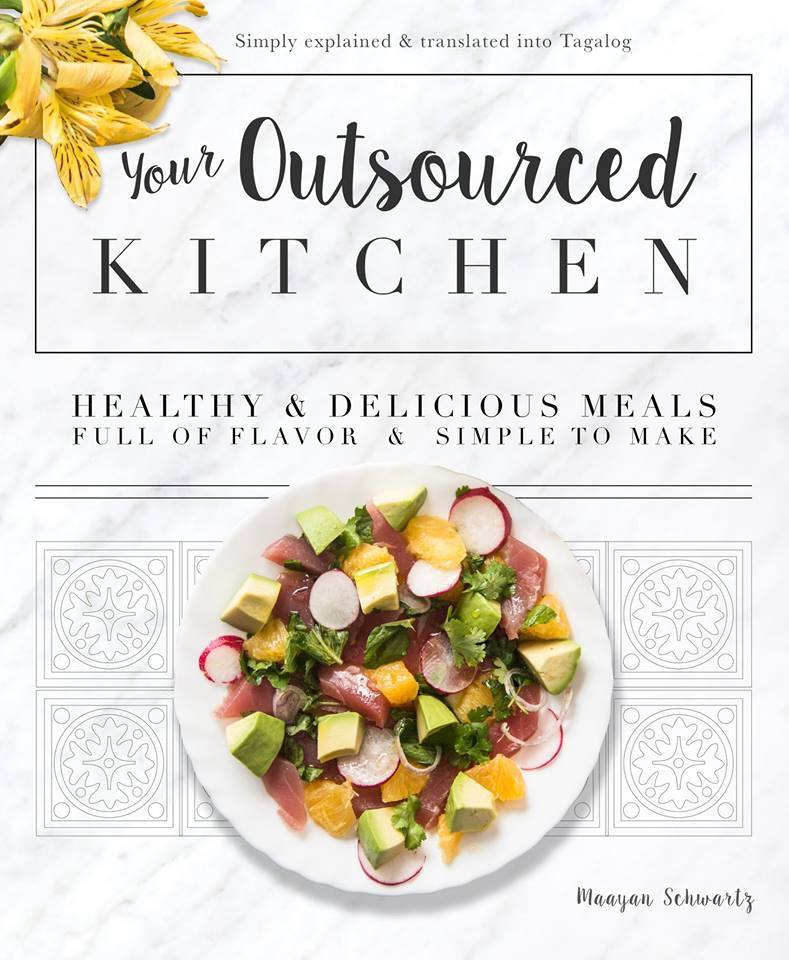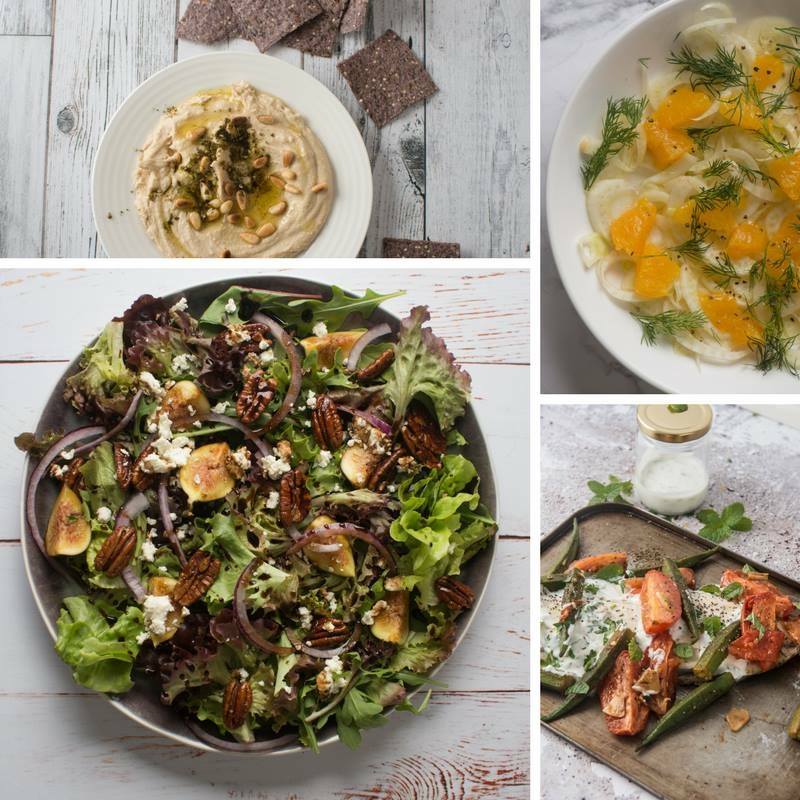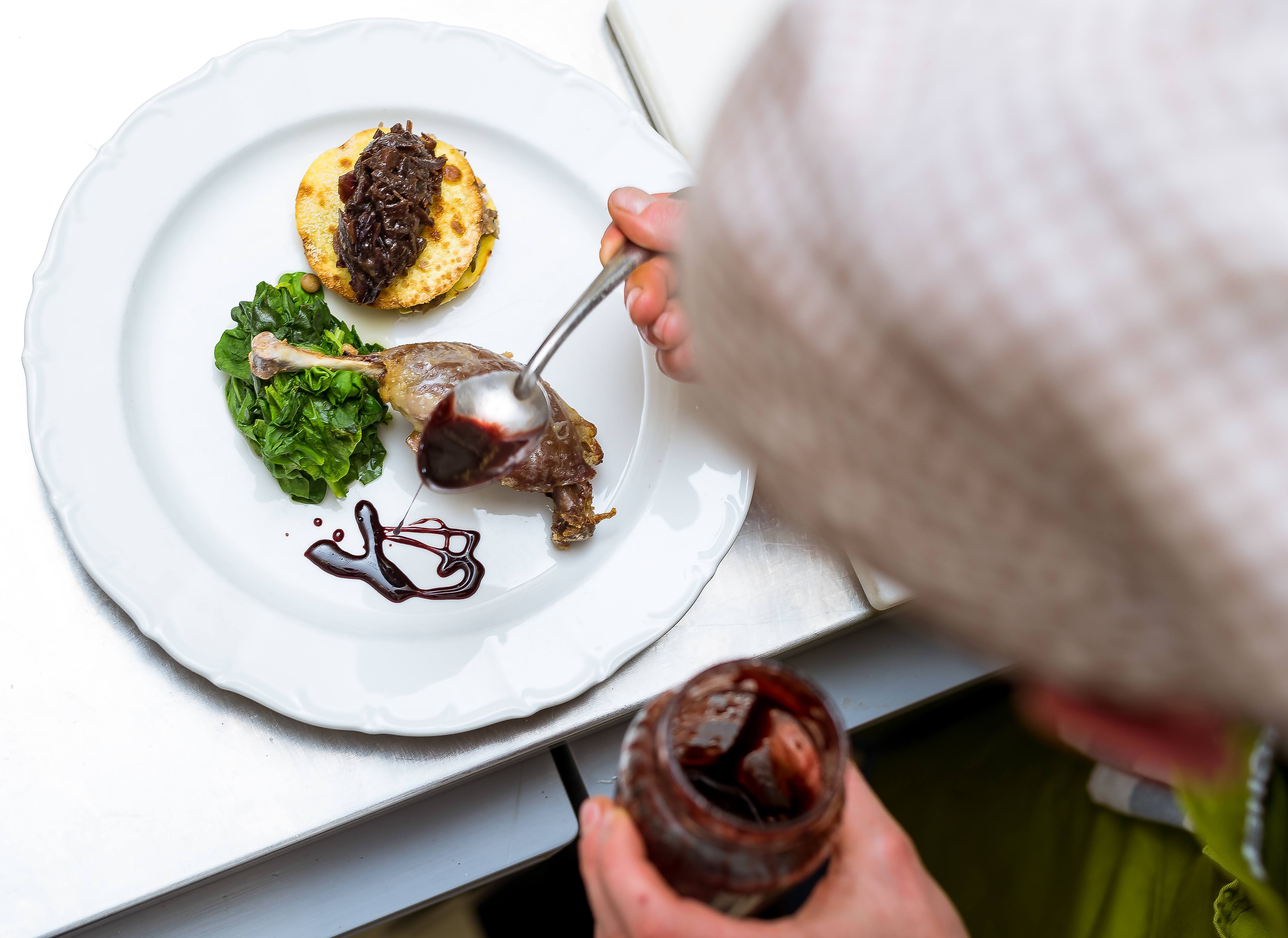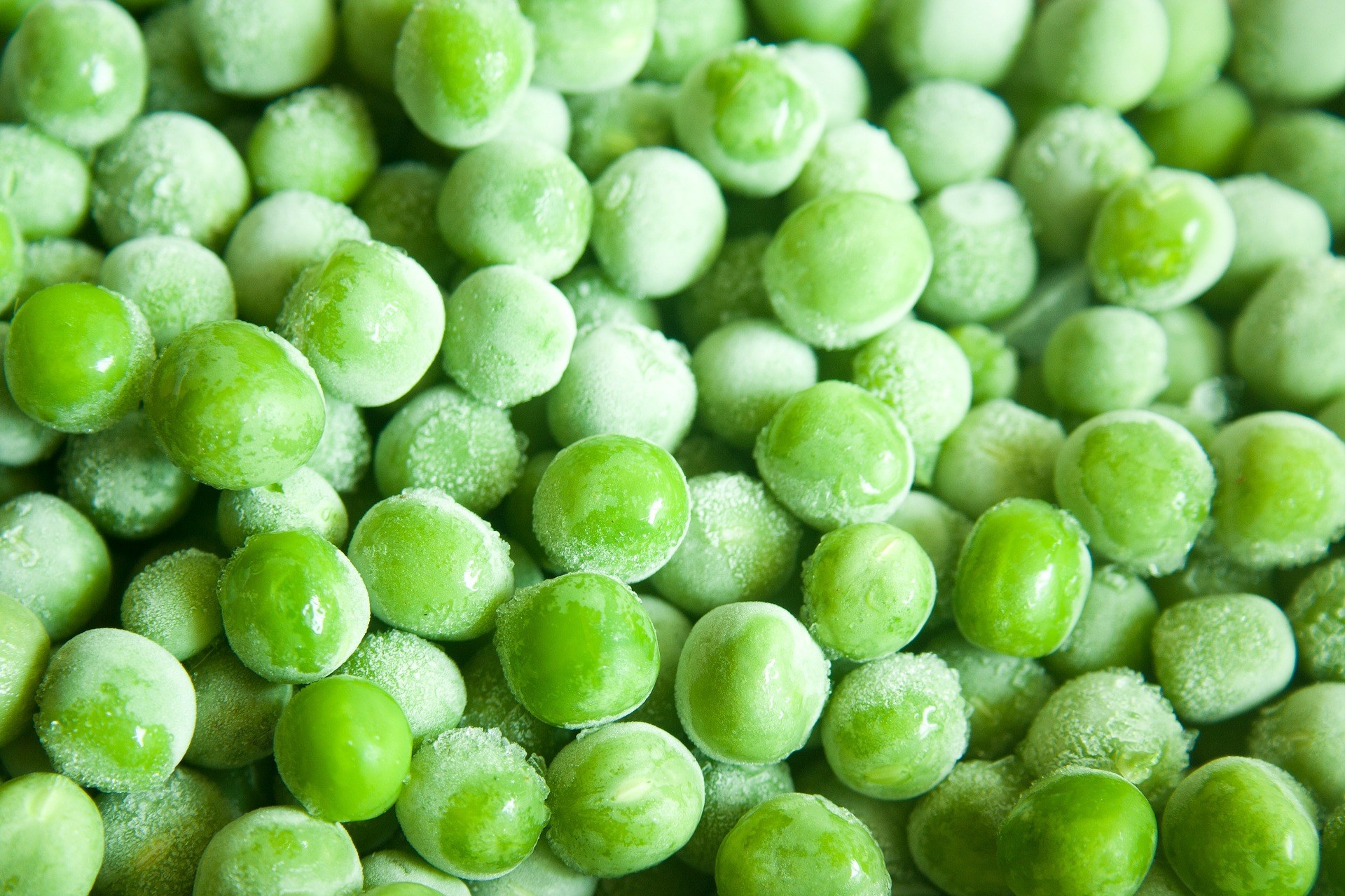One of our biggest challenges in life is trying to manage all the things we have to do. Between family, financial, and personal responsibilities, we have a lot on our plate. If you’re also trying to make your plate a healthy, delicious and nutritious one, it can sometimes be even harder to find the time to do it all.
Eating food prepared in your own kitchen is really the best way to eat healthily. As much as you love all the “good for you” restaurants out there, you may find that even with their health claims, they use a bit too much oil, sweeteners and other hidden ingredients that we prefer not to eat and that we certainly wouldn’t be eating at home.
However, if you are lucky enough to live somewhere where domestic help is accessible and affordable, you can ask your lovely helper to help you out with the cooking. However, outsourcing your healthy cooking to someone else is not always the easiest thing to do. We’ve all had a few comical or “lost in translation” moments in the kitchen.
So how can we assist our helpers in becoming healthier cooks? Here are a few methods you can try:

1) Communicate with your helper about what healthy eating means to you
Healthy eating is personal and we all have different ideas about what health preferences we choose. You may follow a vegetarian, gluten-free or plant-based diet or maybe you are following general healthy eating principles. Perhaps, you don’t want to use a lot of white refined sugar in your cooking or would like to avoid fried foods, whatever it is, make sure that you are communicating your nutrition preferences to your helper so she can help cook your healthy food.
2) Stock your pantry
Stock up on basics such as a good for you oils, organic soup stock, Pink Himalayan salt, spices, seasonings, fresh and dried herbs, oats, quinoa, curry pastes, miso, dark chocolate, nuts and whole grains like brown rice, quinoa and oats. Having a stash of healthy pantry staples will save time and money and allow her to pull together flavorful dishes when you have food in the fridge that needs to be eaten up.
3) Learn some simple ingredient substitutions
Oftentimes substituting a certain ingredient that may not be the healthiest option out there with a more healthy ingredient can enable you to eat “decadent” or your favourite dishes by substituting healthier ingredients. Encourage her to use coconut sugar instead of refined white sugar, brown rice instead of white rice, quinoa instead of couscous, caramelizing an onion with healthy soup stock instead of oil and the list goes on.

4) Source healthy flavorful recipes
Finding recipes that have bold flavours from healthy ingredients like fresh herbs, spices and citrus dressings is the way to go. When your food has great flavour, there’s no reason to feel deprived.
Don’t get stuck with bland broccoli and plain quinoa but rather use some great recipes from reliable healthy sources such as cookbooks and food blogs. I can recommend books such as the Deliciously Ella series or the recently launched book “Your Outsourced Kitchen”. The later is a collection of amazing healthy recipes that don’t compromise on health or taste and are simply explained and also presented in English and Tagalog so that your helper can easily prepare you delicious and healthy meals while nothing getting lost in translation. There is also a menu planning section with suggestions for delicious meal combinations, a pantry checklist and lots of healthy salads, soups, smoothies, small plates, fish, meat and healthy sweet treats.
5) Practice makes perfect – usually
The first time your helper makes a dish for you it may not turn out exactly how you thought it would but probably after she has made it a few times, it will get there. It’s a good idea for your helper and you to briefly discuss new recipes as they come up to see what she can change next time – maybe it needs to be cooked longer or the seasoning should be adjusted. Or there is a healthier way to make it.
6) Cook with love – read cookbooks like a novel
One of the best ways to fall in love with healthy cooking is to immerse oneself in a variety of healthy cookbooks. Encourage your helper to take some time and go through your healthy cookbooks and read them with love. By looking at the recipes and pictures and imagining all the combinations of flavours and recipes she will probably get excited about making these delicious dishes for you.
7) Use non-stick cookware
Non-stick cookware is great for a number of reasons. It means you can cook with much less oil, are less likely to burn or char your food and it’s easy to clean. Some handy kitchen staples include a non-stick frying pan and baking dish.
8) Use more veggies
Include vegetables at every meal. Your fruit and veg are the building blocks and basics of your minerals and vitamins and serve as the foundation of our nutrition. There are so many recipes your helper can easily prepare you with vegetables.





